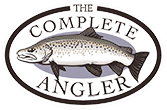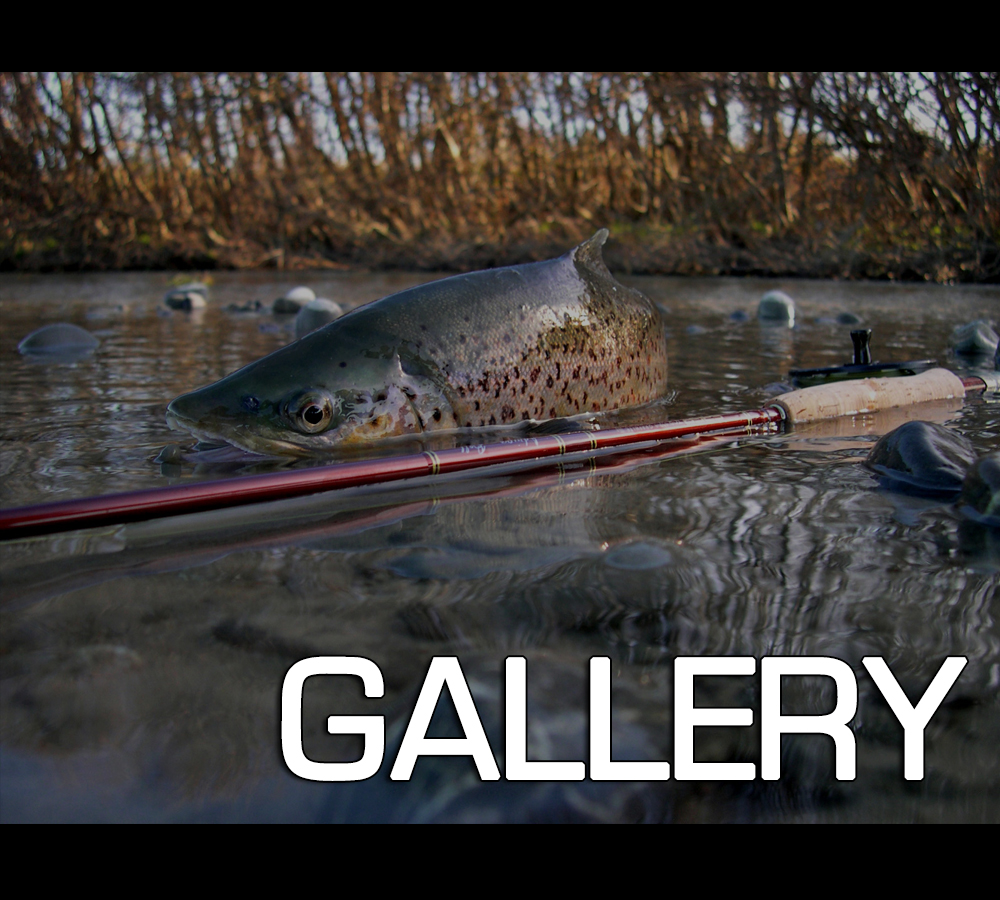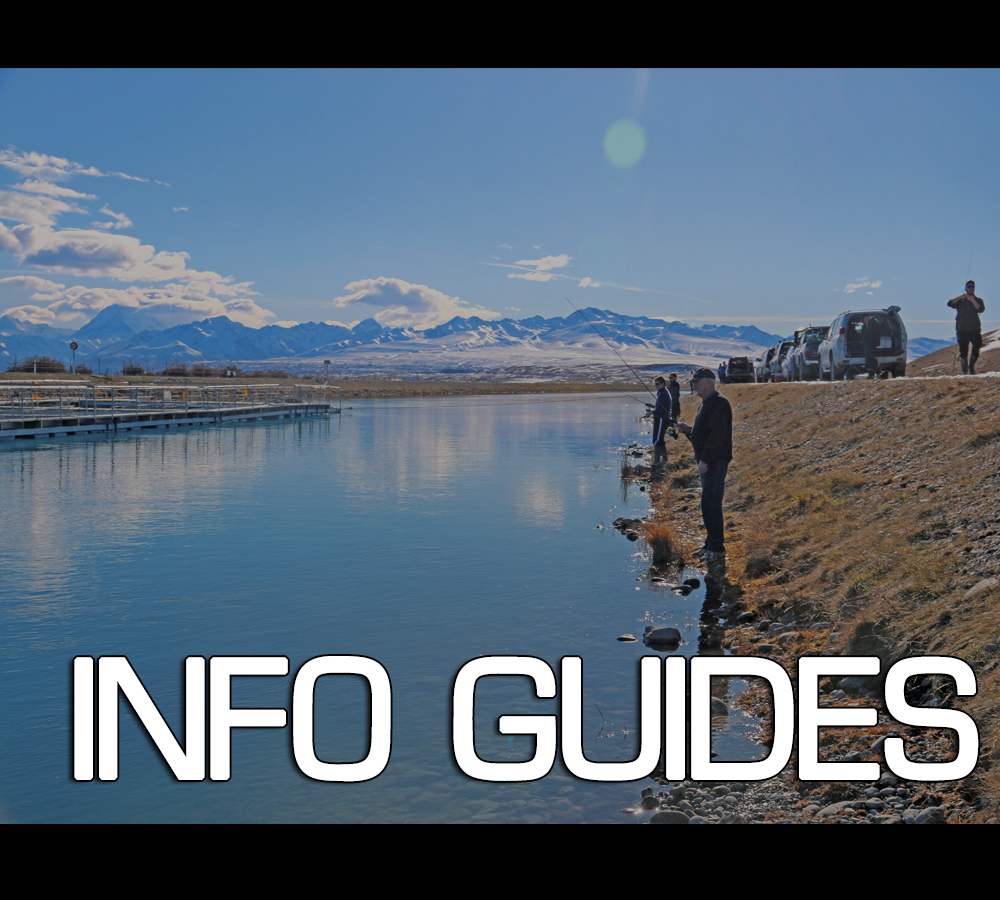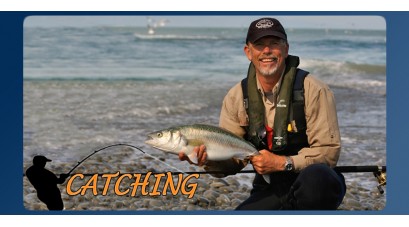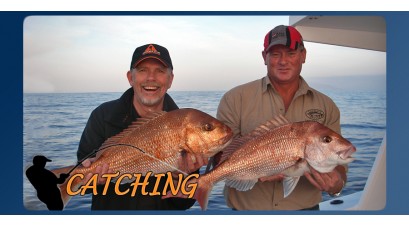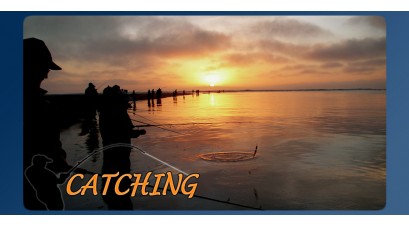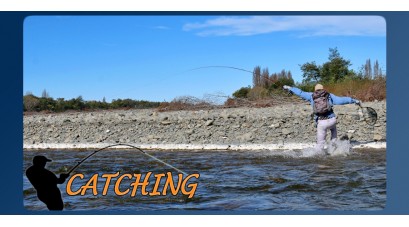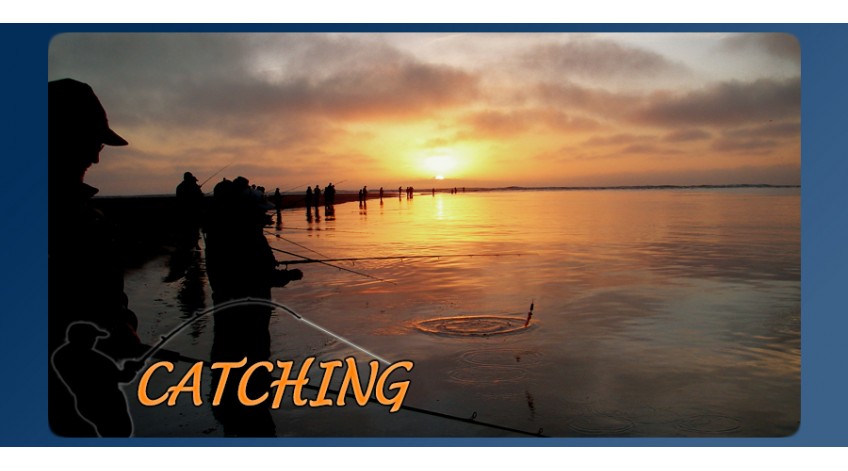

So You Want To Catch... Salmon Surf
So You Want To Catch.. Surf Salmon
Catching salmon in the surf is one of the most exciting ways possible to catch salmon!
However, if you are someone who enjoys solitude and quiet contemplation then this may not be the pastime for you!
In such a pristine environment as our coastline, watching the sun slide up over the horizon can be quite enjoyable. It’s a highly social sport that often involves standing literally shoulder to shoulder with other like-minded anglers. Everyone gets on surprisingly well, and surf salmon fishing can get extremely addictive! Pulling off a huge one hundred and twenty meter cast on a big 13 foot rod is almost as addictive as the 'WHACK' of a salmon, as it takes hold!
Most anglers that give it a tenuous crack get hooked pretty quickly!It’s hard to beat fighting a big silver salmon on a 13 foot rod as the waves slide up and down the shingle, and even if you don’t hook up, it’s always exciting seeing other fish hooked and landed beside you. Well. Almost! ;)
Season
The first fish are usually taken in early November and it really starts to get going during mid-December/January.
Conditions
Like river fishing, fishing the surf is extremely dependant on conditions.
Fish will build up at the mouth during low river conditions.These fish can be picked off slowly by anglers working hard and making the biggest casts. However, the really good fishing usually happens when the river rises due to high rain fall. This gives the fish the currents and cold watert hey need to run the mouth and push upriver. When the river is the colour of chocolate and the surf is looking similar for miles around, salmon will still run the river mouth but the fishing can be tricky.
Generally the best fishing is as the water just starts toclear and the fish can visually pick up your lure again. It can be hard to pick, but salmon will usually run the river mouth in a spike. The fishing will continue to be good for days as the river clears, but there will be one particular day that pumps as the bulk of the fish push through! Often this happens during the second day of a big flood, but can also happen much later.As mentioned previously, after a big flood the water will be too dirty to fishand you will need to wait until it clears with at least a few feet of visibility to begin fishing.
What a lot of anglers look for during the early days of floods with dirty water is a clear edge. This often happens after a southerly,as the clear sea water gets pushed up against the current on the south side of the mouth. Shortly after a flood this can provide spectacular fishing as salmonwill line up where the dirty and clear water meets.
Being in the know, and having other Salmon anglers in cellphone range is another key factor here. Nothing beats being in touch with someone who is there! If you want to know what's happening give us a call.We'll happily let you know whats happening where and when.
As the river gets clearer, fish will run the river or willmove in closer to the mouth at the change of light. Again as for river fishing,the clearer the water is, the more you will need to concentrate your efforts around mornings and evenings.
The other big factor in surf salmon fishing is the swell.Anything over a meter and a half becomes difficult to fish. Not only does itbecome tricky and slightly dangerous fishing in swells over this height, thereare usually high winds that will really hamper your casting and make it prettymiserable to fish anyway. Another factor that many first time anglers don'tknow about is the toe crusher! Standing in rough seas in waders often resultsin a larger than a normal wave picking up a larger than normal stone or rockand pounding it hard onto your feet! Don't be sent home with a limp!
Rods:
Simple. 12-13 foot rods rule the river mouth. Fishing a rod shorterthan this will cost you vital distance. Fishing rods longer than 13 foot startto cost you energy, resulting in less fishing time. Very few anglers’ fishlonger than 13 foot rods in the surf, and it’s surprising how that extra lengthstarts to feel heavy after 2 hours of solid casting! Also, you won't achievemuch greater distance with a longer rod. Nearly all the long distance castingrecords worldwide are achieved with rods in the 12-13 foot class.
We recommend 13 feet for the Rakaia and the Rangitata rivermouths where distance is king, and 12 foot for most other mouths.
The next most important two factors are weight and ease ofuse. Not only do you need a rod that weighs next to nothing, it has to be easyto load and quick to recover as well.
Surf fishing for salmon is often (like river fishing) aboutputting in the hours. If your rod saps too much of your energy to cast, it'llmean you having to step out to take a break. That’s is always inevitably when,BANG! BANG! BANG! Five fish get caught! Needless to say, this is not a goodfeeling when it happens.
The owner of The Complete Angler, Malcolm Bell (who alsoshould be writing this by the way, but had to suddenly leave due to there being'perfect conditions' at the Rakaia), really pioneered and developed the style of fishing and rods we use today for salmon in the surf.
Along with Mark Preston (no longer with us, RIP Mark...not as in kicked the bucket, just left the CA crew) Malcolm imported the Tricast blanks used for tounament casting and carp fishing in Europe, and had them built up specifically for surf salmon fishing with low mount overhead reels.The scene changed overnight once Malcolm & Marks' catch rate quadrupled!These days it's rare to see serious surf anglers using anything else.
These higher end rods from Tricast and Harrison have all the qualities top anglers demand from these rods. They weigh next to nothing, take little effort to load and recover extremely quickly sending your lure hurtling out to where the fish are. We know you've heard it all before, but surf salmon fishing is all about quality equipment! Top gear really will result in catching more fish as you will be casting further, and staying in the game longer.
There are occasionally days where any rod will catch salmon.The Hurunui mouth in particular often produces fish right at the anglers' feet,as the beach shelves sharply away to deep water very quickly and fish will cruise in close. At nearly all other river mouths however, it’s the big consistent casters who catch the fish. A light, easy loading, fast recovering, 12 foot rod here is key!
Reels:
Again fairly simple. Nearly all surf salmon anglers fish with an overhead reel capable of holding 200-300 meters of 17-20 lb line. The big factor here is distance. Overhead reels outcast spinning reels by a mile.Once the spool is spinning these reels practically throw the line of the reel creating almost zero friction, resulting in massive casts. Spinning reels create friction over the lip of the spool as the line comes off. This compounds as the line on the spool drops, meaning these reels really choke towards the end of the cast.
Overhead reels take a little practice to cast, but today's reels, with inbuilt casting breaks and other controls make it way easier for the beginner to get good quick!
Check Out Our Salmon Reel Range
Lures:
Weight forward Ticers are what it's all about. Salmon in the surf are a little like Kahawai. The type of lure isn't as important as thec overage of the water. The ticer lure is shaped like a bullet. It's designed for one thing, casting distance. Distance also coincidentally enough happens to be the one thing you need for catching salmon in the surf! Bingo!
What really makes the difference here is how shiny your ticer is. It's a simple factor of shiniest silver ticer catchers the most fish!Holographic silver prism tapes really make the difference here! Carefully covering each surface of your lure with this stuff, slicing it cleanly to the edge and heat setting it in the oven for a few minutes will stand you in the best possible stead to catch salmon!
Here’s a few patterns for different conditions.
• Clear water: All silver tape
• Milky water: Silver tape on the main surfaces and Chartreuse on the sides
• Dirty water: Cover it in Chartreuse!
How to you make a silver bullet fly even further? Put extra weight at the front to stop it tumbling in the air! Thats exactly what Mark& Malcolm did to their ticers, by hack-sawing off the two ends of one sacrificial ticer and soldering these ends on to other ticers. These things now fly straight as an arrow and add precious distance to the anglers cast!Luckily, you don't have to do the DIY job anymore. There are now commercially made weight forward ticers available in store. However, it can still be fun making your own, and varying the weight for various conditions.
Hooks:
The 'standard issue' treble hooks that come on Ticers are OK. However you can replace them with something much sharper and stronger. There VMC is a favorite among salmon anglers as it won't break the bank, and is significantly better than the standard treble hook that comes with the lure.Blunt hooks not only miss fish, they fall out during long fights especially when the salmon is thrashing around in shallow water! Needle sharp hooks keep working in as the fish is played, sinking the barb and insuring your fish won't throw the lure when he gets into the shallows and panics!
Line:
Braid:
If ever there was an environment for braid this is it! The advantages of braid in the surf are huge!
With zero stretch in the line, those gentle bumps at the end of your cast with mono are transformed into rod bending whacks with braid that more often than not result in a hook up! Abrasion resistance with braid is another major plus in the surf environment. One thing that used to plague surf salmon fisherman was line breakage due to stone bruising and abrasion, as line got slammed into the shingle by the surf. Todays braids have almost eliminated that problem.
30-50lb braid is the norm here. What you are looking for here is not strength, but diameter. Braid becomes very thin under 30lb and becomes tricky to work with. If you get an over run (birds nest) while casting 20 and even some 30lb braid, it can be almost impossible to pull apart!
You will also need a mono "shock-leader" of around 30lb. When you are ready to cast this should run from the lure, down the length of the rod and run 2-3 wraps on your reel. Tied with a neat blood knot this will be trouble free when casting, although make sure your thumb is away from the knot when casting as you can easily lose several layers of skin!
The idea of the leader is to provide an invisible connectionto your braid (which is quite visible to the fish).The stretch in the nylon also provides a tiny amount of cushioning when playing the fish on a shortline. The best material you can use here is fluorocarbon. Fluorocarbon is muchtougher and UV resistant than mono and is also impossible to see in the waterdue to it's very low reflective index.
Mono:
If you are still one of those anglers that insist on using monofilament(standard fishing line) then 17-20lb is where it's at. The only advantage mono has over braid in the surf is that it is easier to untangle in the event of abirds nest, and the stretch will work in your favour once hooked up (afteryou've missed all those other takes you would have hooked up to with braid).It's also cheaper so often a good way to start out until you work out that allthe fisherman catching fish are using braid! :)
That’s about it. Stop thinking about it and get out thereand do it! Oh, and if you don't like eating salmon fresh from the sea, I'd behappy to take it off your hands. My number is.....
